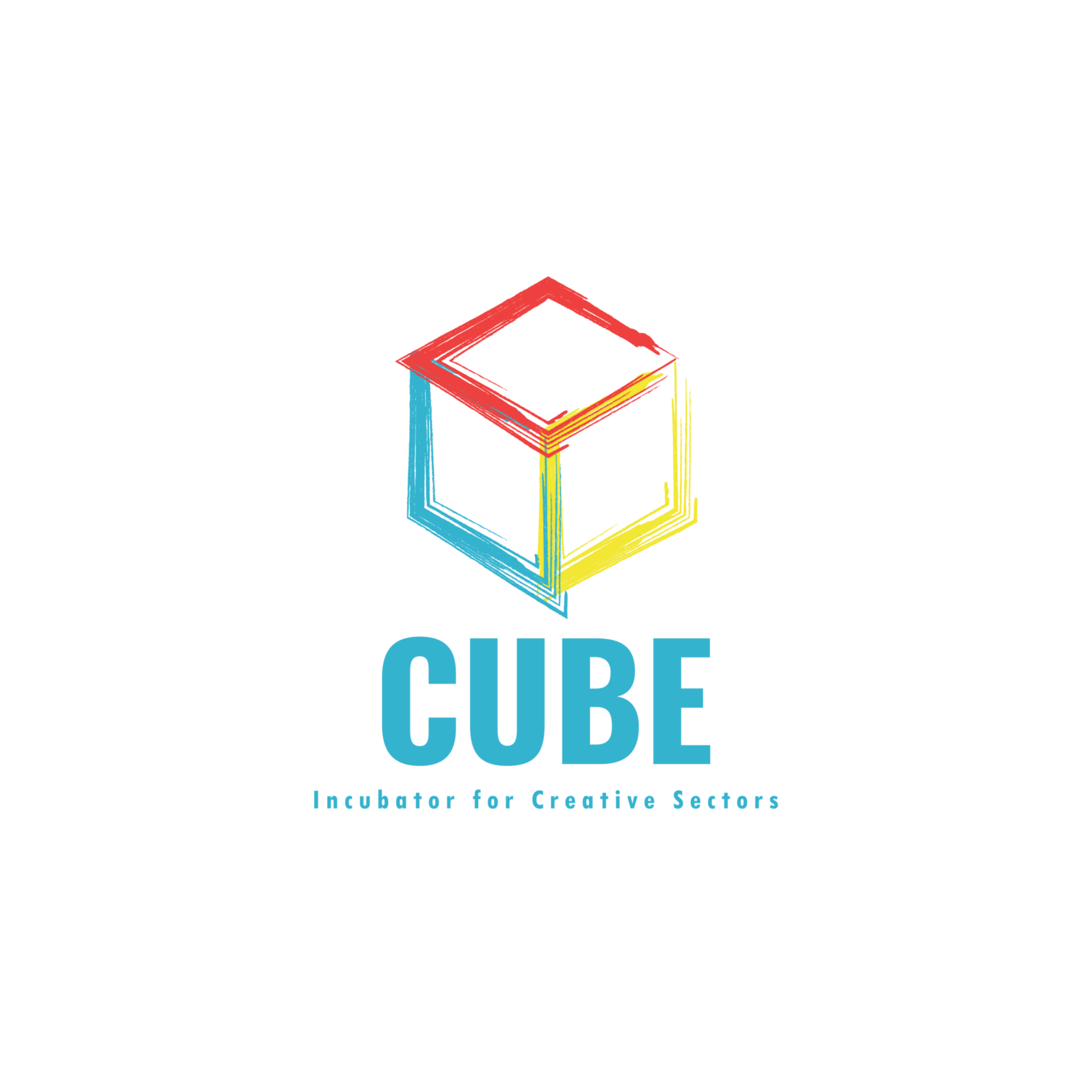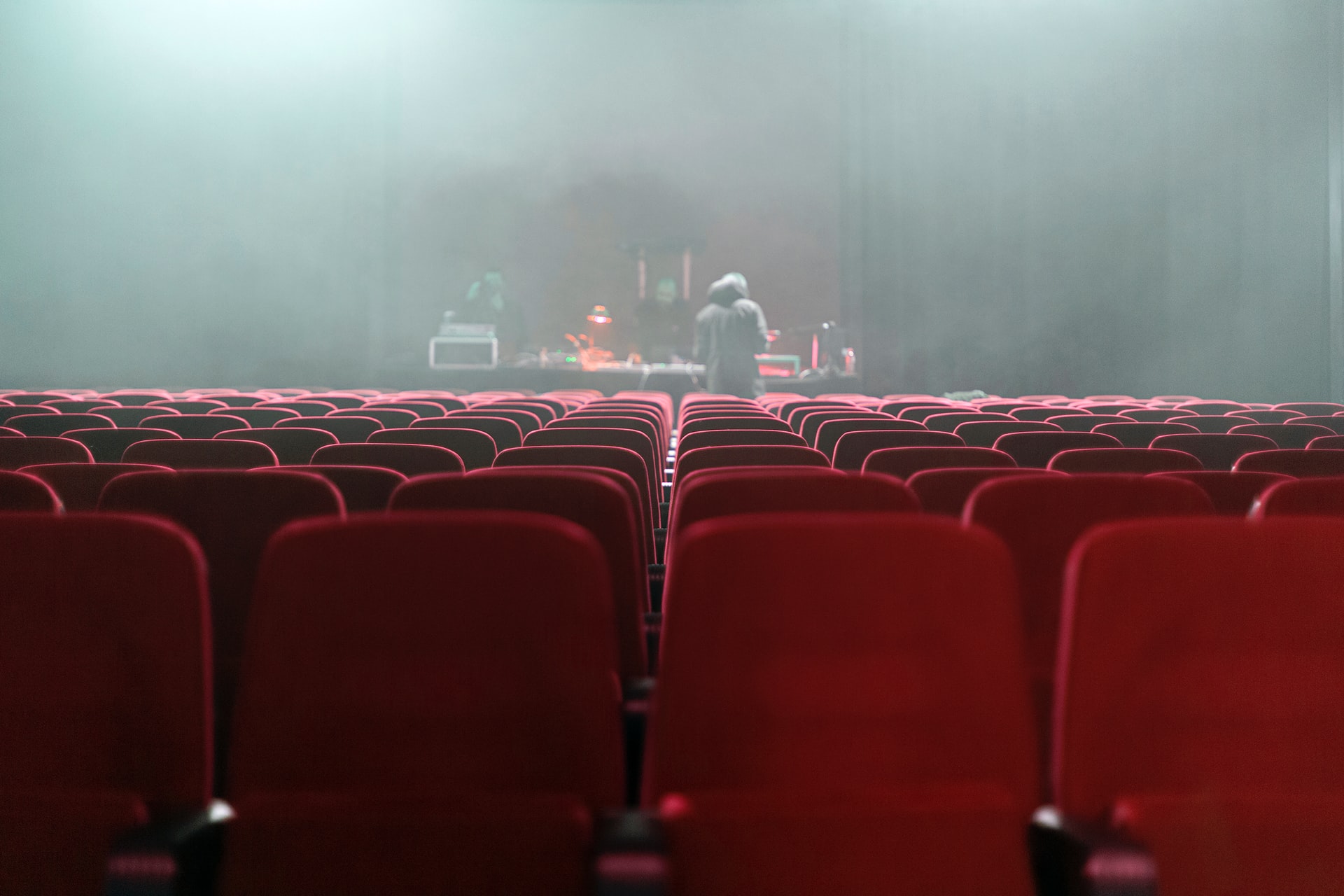In response to the impact of COVID-19, the cultural and creative industries were among the first to close their door. At the same time, they will probably be the last to reopen fully. The current state of the cultural sector has nothing to remind us of the booming industry of the past.
This article will illustrate the impact of COVID-19 on the creative industries and the sectors that it affected the most.
How has covid affected the arts?
Since the beginning of the pandemic, there has been a diversity of health responses worldwide. These changed over time as the number of cases fluctuated. Despite the differences in each response, there were also similarities in measures taken. For example, some common responses were the travel bans, lockdowns, and businesses’ closure.

The creative industry suffered immensely from this situation and had to postpone or cancel all cultural activities. Unfortunately, the continuous emergence of variants created an unstable environment, leaving no space for planning cultural activities.
The main impact of the pandemic on the creative industries was the capacity reduction of venues and their temporary closure due to the lockdown measures. As a result, many creatives and workers of the creative sector lost their jobs or needed state support.
The cultural and creative sectors affected the most
Each one of the six cultural domains has distinct functional characteristics. For this reason, the COVID-19 impact was more severe in some than others as there was a higher risk of infection.
In particular, the impact of the pandemic was higher in the creative industries, where the physical presence and social interaction is integral to the cultural experience. For instance, it hit especially hard cultural activities like theatres, concerts, festivals and exhibitions.
On the other hand, cultural experiences that can also be accessed digitally like movies, games, and music were affected less. However, there was a distinction between outdoor and indoor venues with different requirements to make the situation better.
A proposed solution to revive the sector by CUBE project

The severe impact of COVID-19 on the creative industry left many creatives hanging. For this reason, CUBE Erasmus+ project came up with an idea to provide them with an alternative solution they could use to improve their situation.
Until the creative industry is back on its feet, CUBE project wants to attract creatives and teach them how to become entrepreneurs. Considering the unsafe situation with the pandemic, the training will take place online to ensure the safety of participants and reach a wider audience.
Additionally, CUBE will not only teach the essentials of entrepreneurial thinking but also plans to create a cultural incubator mechanism. This incubator will provide additional guidance to artists to make their entrepreneurial idea a reality. Essentially, the project will build a new generation of creative entrepreneurs.
With all the difficulties artists encountered in the past two years in the creative sector, now is the perfect time for artists to grow their art into something bigger. Their cultural impact will be even more significant, and they can build something monetizable to support themselves.

